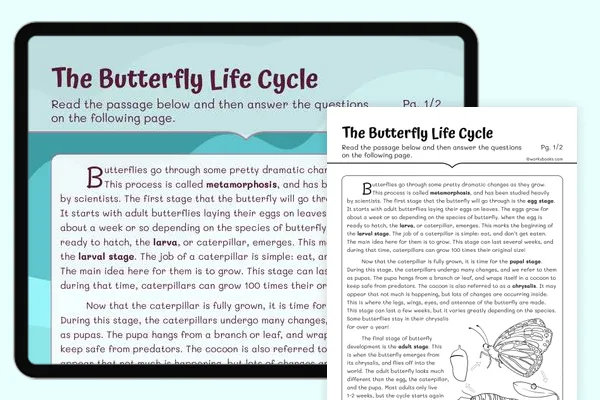Natural Disaster: Droughts — Passage

A drought is a long period of time when an area doesn't get enough water. This can happen when there's not enough rain or snow for months or even years. Droughts can affect small areas or entire regions, and they can have serious impacts on people, animals, and the environment.
During a drought, crops may not grow well, leading to food shortages. Rivers and lakes can dry up, making it hard for people and animals to find water. The dry conditions can also increase the risk of wildfires.
People can help conserve water during droughts by using less water at home, like taking shorter showers or not watering lawns. Farmers might plant crops that need less water or use more efficient watering systems.
While droughts can be challenging, they're a natural part of Earth's climate cycle. Scientists study weather patterns to predict droughts and help communities prepare for dry periods.
What is a drought?
A period with too much rainA long period without enough waterA type of stormA season of the yearHow can droughts affect crops?
They make crops grow fasterThey may prevent crops from growing wellThey change the color of cropsThey make crops taste betterWhat can happen to rivers and lakes during a drought?
They can overflowThey can freezeThey can dry upThey can become saltierHow can people conserve water during a drought?
By taking longer showersBy watering their lawns moreBy washing their car every dayBy taking shorter showers and using less water outdoorsWhat might farmers do during a drought?
Plant more crops that need lots of waterStop farming completelyPlant crops that need less waterWater their crops more oftenWhy do scientists study weather patterns related to droughts?
To make it rain moreTo predict droughts and help communities prepareTo create more droughtsTo change the weather



















